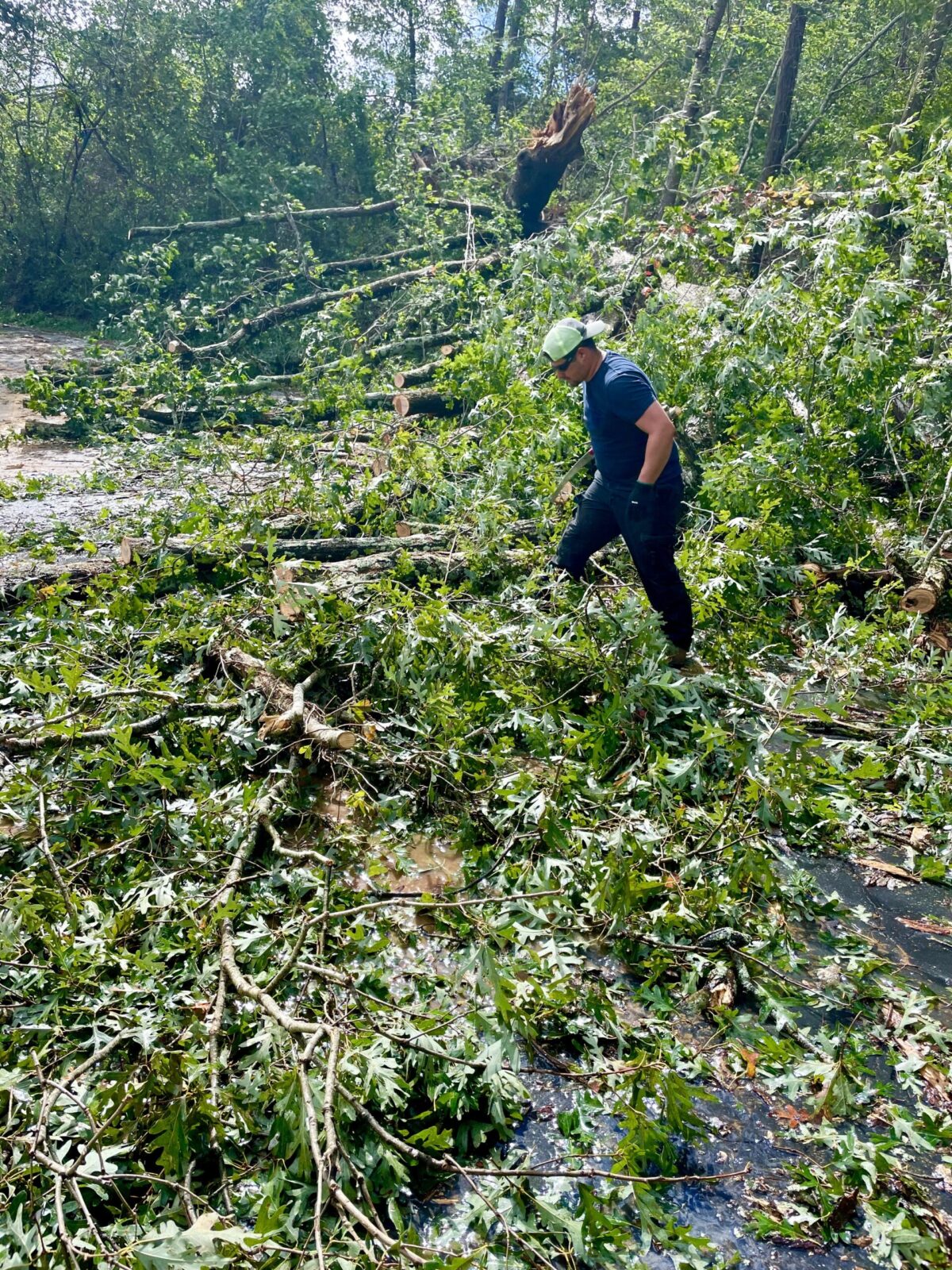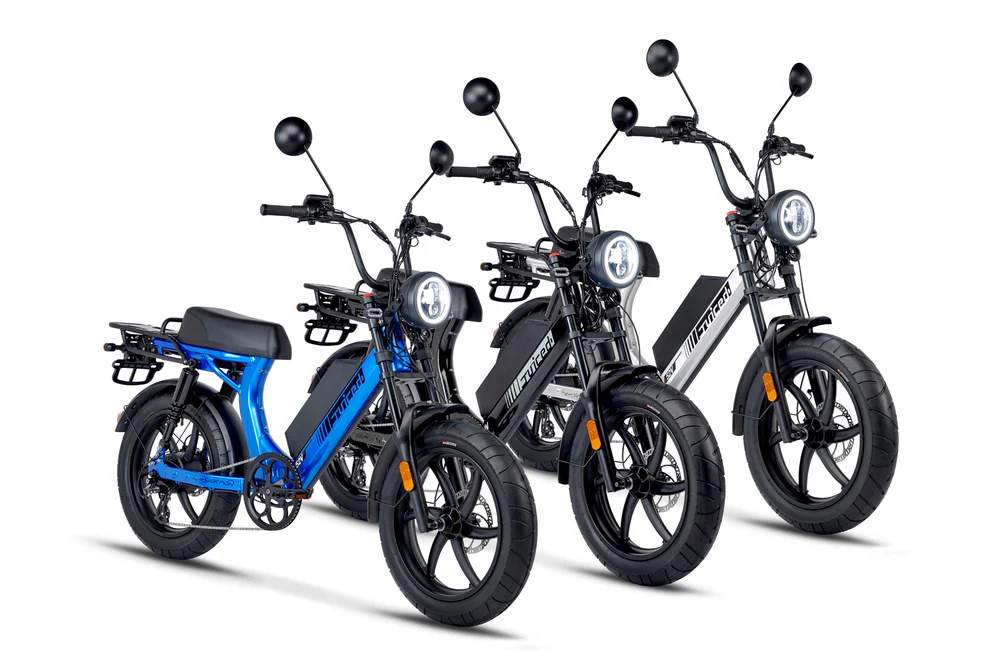At BHP’s Olympic Dam, a historically installed pump was failing prematurely, lasting only 1,600 – 1,800 hours. This caused unplanned maintenance shutdowns, so BHP sought a more reliable and cost-effective solution. Olympic Dam is one of the world’s most significant deposits of copper, gold, and uranium.
Olympic Dam, a key part of BHP’s Minerals Australia operation, sits 560 km north of Adelaide, South Australia. The site encompasses both underground and surface mining activities. The site runs an integrated processing facility that transforms ore into metal. The Kokatha, Dieri, and Arabana peoples are the traditional Indigenous custodians of this land.

BHP invited KSB to conduct a performance-based trial of their cyclone feed pump. KSB Australia analyzed the installation, slurry, and performance needs. After the new team took over and created a new strategy, KSB Australia recommended a GIW MDX450 mill-duty slurry pump.

Then, KSB and BHP partnered in 2024, working to select someone. Now BHP selected KSB for the standby position, so that two of KSB’s GIW MDX450 mill-duty slurry pumps would now operate on the Svedala Mill circuit. Now, operations can reduce from five to two, the amount of maintenance cycles annually.
Building from what has been seen from the pumps, they will now put their power and innovation to help make an efficient change. Then they will ensure data and knowledge, with these clear new procedures. This also can ensure operations.
More information is posted on www.Ksb.com. Information on BHP is posted on www.Bhp.com.




